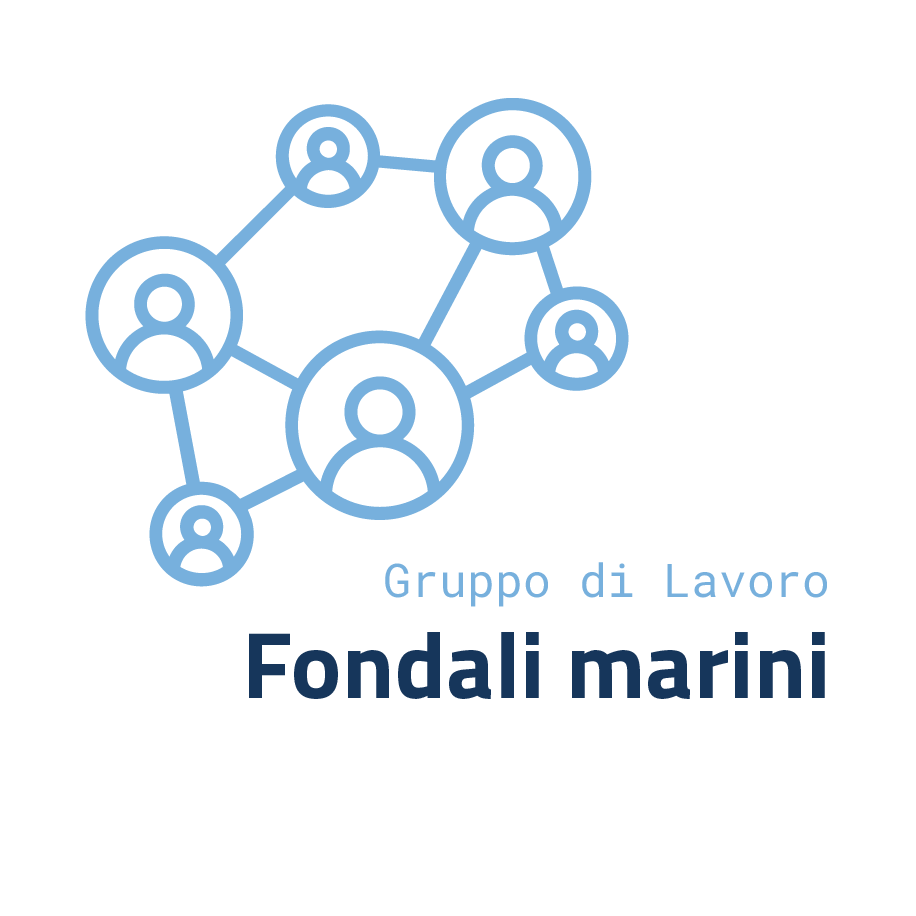
Established in December 2023 by the Department of Earth System Sciences and Environmental Technologies of the CNR, the “Seabeds” working group is made up of 15 researchers from numerous CNR institutes.
The ocean covers 71% of the Earth, corresponding to about 362 million square kilometers of the total surface of our planet, but only a small fraction (25%) of the seabed has been mapped through direct observations and measurements. Despite this substantial lack of knowledge, the combination of offshore technological progress and the depletion of terrestrial sources has pushed the search for and exploitation of natural resources to the frontier of the deep seabed. The interest of offshore industries is increasing in fields such as deep-sea wind farms, deep-sea mineral extraction, geothermal energy and offshore aquifers, CO2 storage, new bioactive compounds from organisms present in particular deep habitats. As the ocean remains largely unknown, scientists and civil society have called for a moratorium on some of these activities to allow the international community to achieve a complete scientific understanding of the deep sea before the exploitation of its seabed reaches levels similar to those of the terrestrial soil and subsoil. Indeed, as the capacity to industrialize the oceans grows, seabed ecosystems are facing increasing and cumulative pressures from human activities that add to the effects of climate change, ocean acidification, plastic pollution, disruption of ecological connectivity due to the presence and operation of offshore infrastructures and the occurrence of natural disasters such as eruptions and submarine landslides. In the coming decade, emerging and innovative sectors of the blue economy will most likely add further anthropogenic stressors on these ecosystems, understood in the broadest sense of the term, and will increase conflicts of use of deep-sea and open-sea environments. The ability to anticipate the effects and impacts of these industries and to design protection measures depends largely on understanding how seabed processes evolve over time and interfere with human activities. Scientific research, equitable access to data and its digitalization, and knowledge-based decision-making are universally recognized as key factors to improve the management of natural resources and, in this specific case, accelerate the transition to a sustainable blue economy. Furthermore, environmental impacts by their nature transcend maritime borders, and although the international community has so far adopted several sectoral or regional legal instruments, the legal framework for the combined sustainable use, protection and conservation of marine biological and mineral resources remains highly fragmented and requires a holistic approach.
This Working Group focuses on the natural processes that occur on the seabed and subseabed, at the interface between the seabed and the water column, on the distribution of natural resources and on the variety of anthropogenic impacts that occur and accumulate on the seabed. The data and methodologies considered by the Working Group include observation systems that integrate fixed platforms, autonomous surface and submersible systems, remote sensing systems such as satellites and aircraft and oceanographic vessels, the latter mainly represented by the CNR research vessel Gaia Blu. The Working Group intends to strengthen the role of the CNR in ocean science, research and innovation to ensure the transition to a sustainable and science-based blue economy, in line with the European Partnership for a climate neutral, sustainable and productive Blue Economy (Horizon Europe – Cluster 6 – Destination 7 HORIZON-CL6-GOVERNANCE), coordinated by Italy.
Key topics
- Seabed mapping and marine cartography
- Fluid circulation at the seafloor interface – impacts on global change, ecosystems and mineral resources
- Distribution and concentration of classical and emerging contaminants on the seabed
- Interaction between natural marine processes and human activities
- Renewable Energy Development – Feasibility Studies and Suitability and Sustainability Models
- Nature-Based Solutions for Coastal Protection
- Exploration and management of underwater water resources
- Restoring, protecting and conserving the deep sea
- Integration between different multi-platform and multi-scale remote sensing techniques (e.g. satellite and in-situ)
- Innovative technologies for seabed exploration
- Current and Future AI Solutions for Assisted Interpretation of Marine Geophysical Data
- Seabed Data Storage, Management and Access – data FAIRness
Scientific and social impact
- Improve the integration of seabed observations into digital solutions to manage resources and define environmental and human impacts in line with the objectives of the European Green Deal and the priorities of Digital Europe.
- Collect and distribute digital seabed data, products and technologies in a way that is accessible, interoperable and usable with Gaia Blu to increase the connection of Italian marine seabed research with the Copernicus (Cluster 4) and ESA programmes; contribute to the European Open Science Cloud (EOSC) and the Ocean Digital Twin following the FAIR principles.
- Improving knowledge-based decision-making through the use and access to seabed data and information.
- Contribute to Ocean Literacy, in support of the UN Decade of Ocean Science for Sustainable Development, the NF-GEBCO Seabed 2030 project for the complete bathymetric mapping of the ocean floor by 2030, and the European mission “Ocean, seas and water”.
Contacts and Initiatives
For information or proposals you can write to us at the email address gdl-fondalimarini@cnr.it
PROVISIONS
Participants
WG components:
Coordinator: Dr.ssa Marzia Rovere (ISMAR)
Components:
Dr.ssa Federica Foglini (ISMAR)
Dr.ssa Elena Gissi (ISMAR)
Dr. Salvatore Passaro (ISMAR)
Dr. Giuseppe Suaria (ISMAR)
Dr. Giovanni De Falco (IAS)
Dr. Giorgio Tranchida (IAS)
Dr.ssa Elena Manini (IRBIM)
Dr.ssa Nora Tassetti (IRBIM)
Dr. Alessandro Bosman (IGAG)
Dr. Marco Cuffaro (IGAG)
Dr.ssa Eleonora Martorelli (IGAG)
Dr.ssa Angelina Lo Giudice (ISP)
Dr. Paolo Montagna (ISP)
Dr.ssa Valentina Marzia Rossi (IGG)
Technical-scientific secretariat: Dr.ssa Maria Elena Martinotti (DSSTTA)
